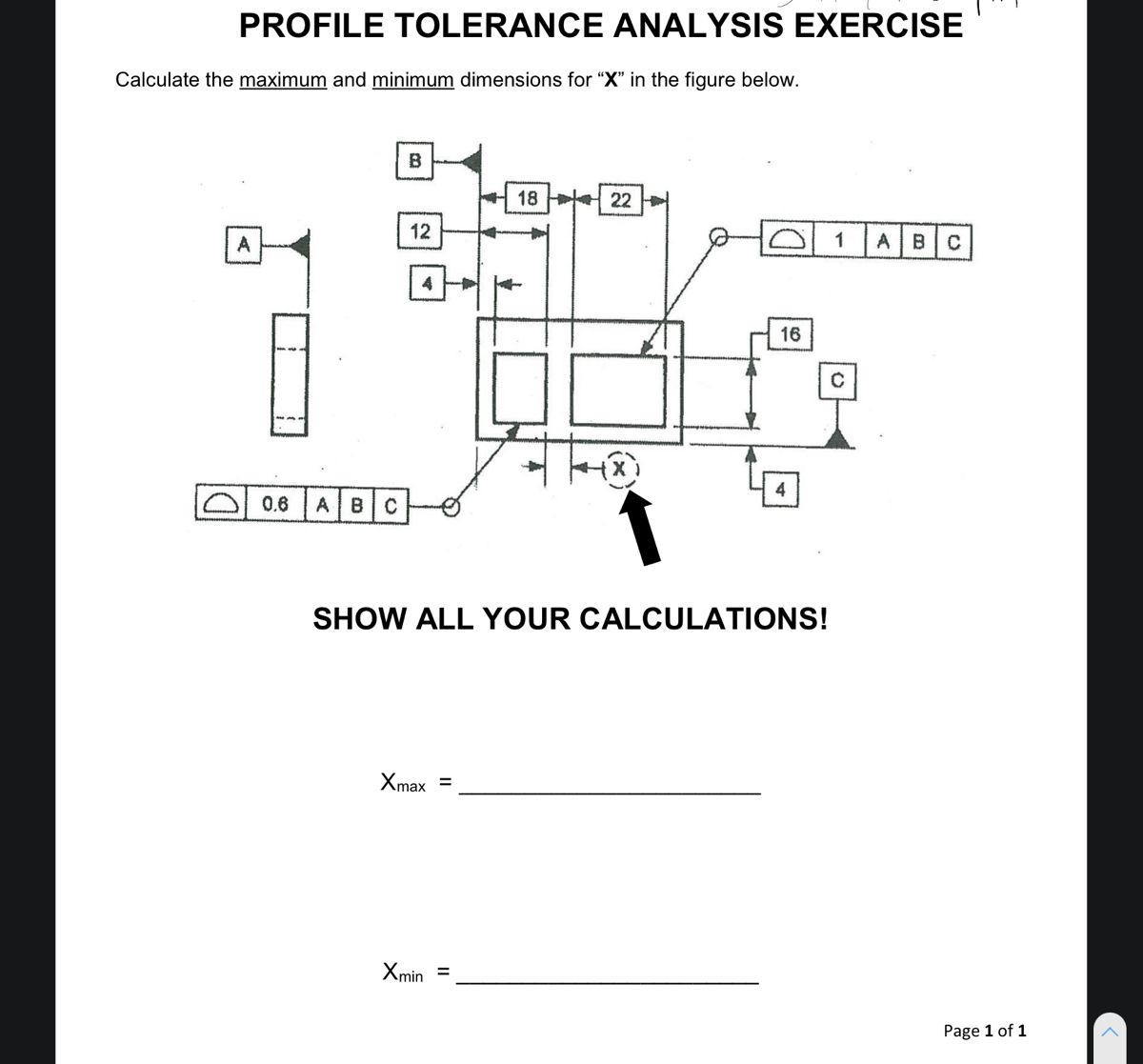
You can use the DMV sys.dm_os_performance_counters or PowerShell script to fetch the required SQL Server provides multiple parameters such as Page-Life expectancy, Buffer cache hit ratio, Total server memory, Theįollowing table ( reference MS docs) gives a comparison between before and after SQL 2012 versions. Starting from SQL Server 2012, Microsoft modified memory allocation for more fair and stable memory usage. If you do so, SQL Server stops managing memory dynamically once it reaches the configured value.

#Max and min calculator free#
However, once SQL Server reached that level due to client workload, it cannot free up memory to OS. During SQL Service startup, it does not allocate whatever memory is specified in the min memory configuration.

It guarantees a minimum amount of RAM to the SQL Server for the specific instance. Minimum server memory for SQL Server Database instance If you open the SQL Server Database instance property and go to the memory section, you find the following

If an application stops and additional memory is available, the SQL Server instance adjusts its memory allocation. Once users start performing their transactions, it gains additional physical memory and continues until OS has a memory shortage. SQL Server acquires the required memory for the current workload. It takes into consideration of physical memory, server threads, startup parameters. Once we start SQL Server, it computes the virtual address space size for the buffer pool. RESOURCE_MEMVIRTUAL_LOW: The virtual address range for the SQL Server process is getting exhausted RESOURCE_MEMPHYSICAL_LOW: SQL Server must return the memory as OS is having memory shortage RESOURCE_MEMPHYSICAL_HIGH: SQL Server can acquire memory because OS has sufficient free available memory

RESOURCE_MEM_STEADY: No memory issues were observed The resource monitor resource group uses the signals RESOURCE_MEMPHYSICAL_HIGH, RESOURCE_MEMPHYSICAL_LOW, RESOURCE_MEMPHYSICAL_STEADY, or RESOURCE_MEMVIRTUAL_LOW. These notifications are stored in the ring buffers. Its task is to monitor the internal and external memory indicators. SQL Server database engine has a background process called Resource monitor. Minimize physical I/O to the database files by maximizing the size of the buffer poolīy default, SQL Server dynamically acquires memory depending on the server RAM however, it ensures that it does not create memory shortage for remaining processes. Keep the buffer pool from becoming so big that the entire system is low on memory As per Microsoft document, SQL Server works on balancing the following goals: Necessary to minimize the disk I/O requirements. SQL Server uses buffer cache to load pages from the disk depending on the workload requirements. SQL Server memory management is dynamic, and DBA does not require a specific memory configuration for each memoryĬomponent. It is a pretty common question for those unfamiliar with how SQL Server memory management works. Usually, if you RDP to SQL Server, you would probably notice that SQL Server is a top memory consumer even on an idle instance. SQL Server works on top of the operating system and works closely with these resources. The server performance depends on various factors such as CPU, Memory, and Storage configurations. This article gives an insight into the configuration of Min and Max memory for SQL Server Database instances.


 0 kommentar(er)
0 kommentar(er)
